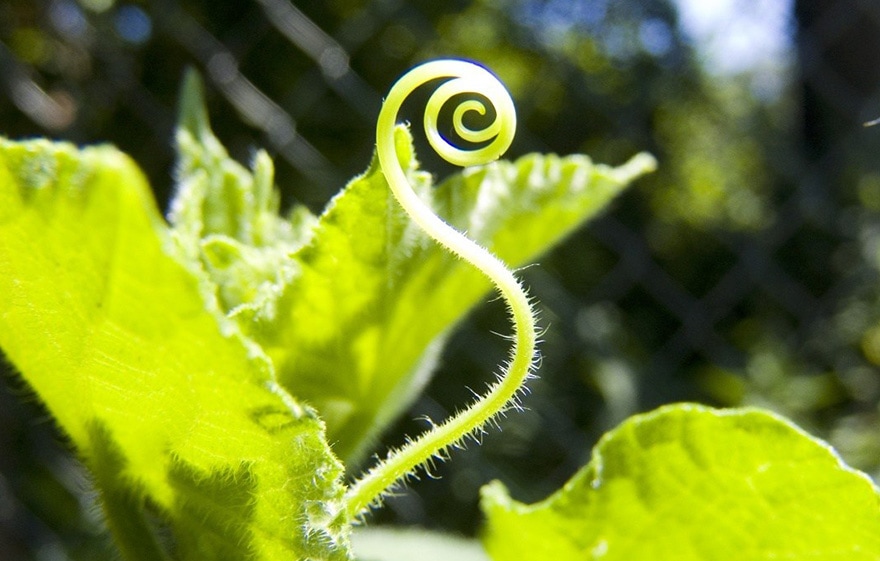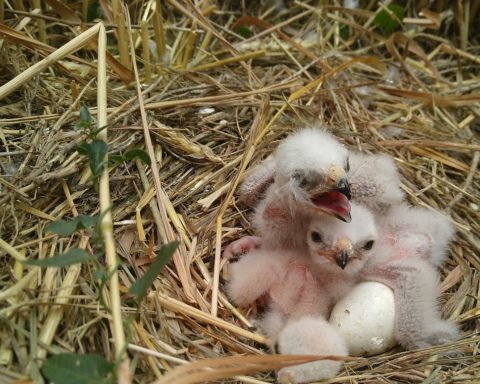
Les plantes voient
Odeurs et parfums en forme de messages
Ne touchez pas trop les plantes : elles le sentent
Les plantes « entendent »
Quinze autres sens
Les plantes communiquent
Peut-on parler d’« intelligence végétale » ?
LIRE AUSSI DANS UP : L’intelligence des arbres : un autre monde, un regard neuf sur la forêt

Quelque chose à ajouter ? Dites-le en commentaire.












